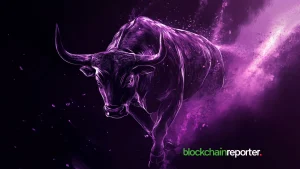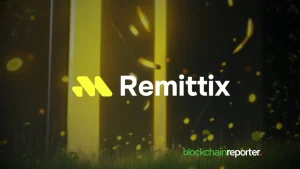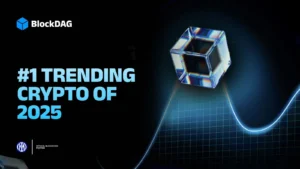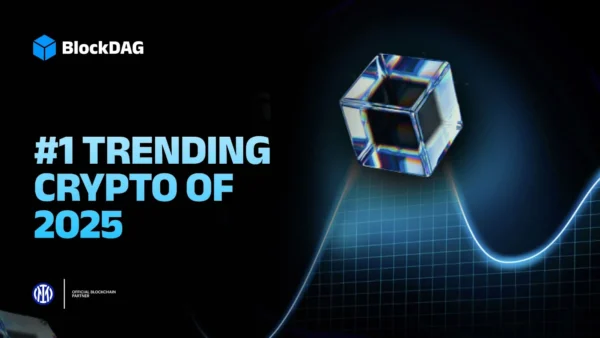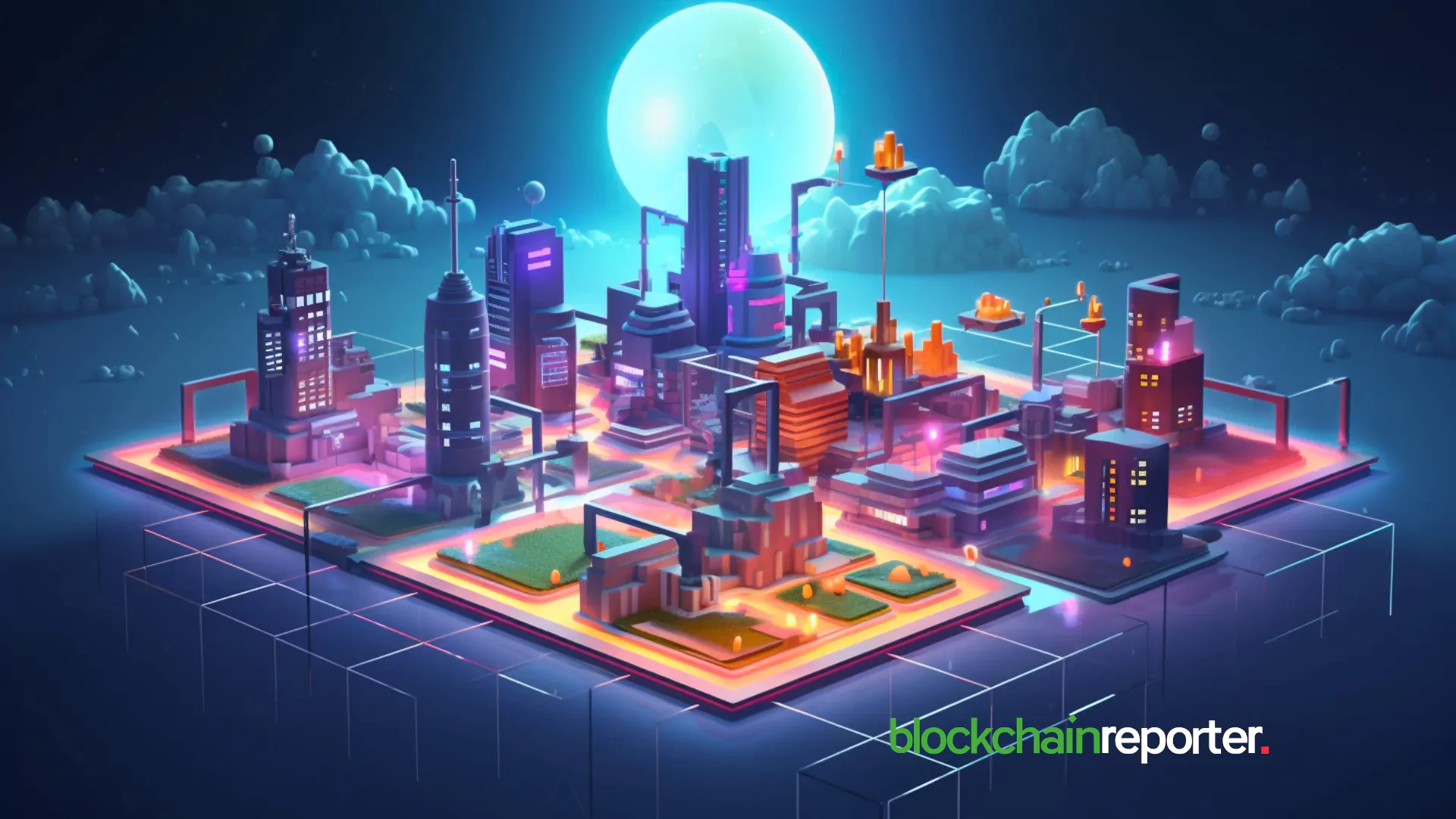
What may appear to be intricate and detailed at first, might be the answer to all the questions that are being asked by industry experts: the DIRECTED ACYCLIC GRAPH(DAG) is the key to the future.
Before we can tackle the challenge, it is essential that you understand the problem. List down every friend you have, their relatives, the vehicles all of them own and the pen they use to write or the most random thing that comes to your mind, creating data points each day. Now that worldwide is a tremendous amount of data!
Unfortunately, the companies today are opting for cheaper alternatives for data servers that offer high write speeds due to economic reasons. Economical doesn’t always mean efficient, does it? These more reasonable alternatives, while being less efficient are not future-proof as well.
In a bid to safeguard the planet along with other things, it is paramount that an alternative to this is found. Part of the answer may lie with the blockchain on Hadoop.
DOES DAG ON BLOCKCHAIN REVEAL A SOLUTION?
The real power of a DAG architecture is unleashed when used in sync with Distributed File System. Once synchronized it can store data across devices of millions of users.
In a bid to make analyzing of data a more straightforward task by sorting datasets into specific parts, CyberVein has joined hands with Hadoop, a blockchain specialist that has the backing of leading academics in the Big Data space. To do carry out the simplification of tasks, MapReduce, an offering by Hadoop will be used.
Cybervein (CVT) takes a broader approach towards its DAG-based product and is closest to building a smart city. The project develops a universal network of decentralized and immutable databases on which data can be stored, professionally processed, shared and monetized.
A fully-functioning smart city will process massive amounts of data in short periods while ensuring its safety. In this regard, the Cybervein protocol ensures the prevention of unauthorized access or alterations to sensitive databases, while incentivizing the sharing of data between the interconnected, yet independent, public or private databases.
BETTER FOR BUSINESS, BETTER FOR THE PLANET
Multiple offerings are available in the market to store the plethora of data available, but all the said options operate on hardware and server farms. As a result, we are observing an unlimited growth of hyperscale storage centers.
The problem arises as the big players like Google and Facebook are demanding answers immediately as they expect on offering that is capable of handling the large number of data they collect.
How about eliminating the need to drive up demand for servers completely? Using DAG on the blockchain-based solution, this is possible. Even though all the excessive use of computers will contribute to the use of electricity, it still won’t hoover up resources the same way.
Keeping in mind the businesses and their interests in mind, decentralized solutions are the right choice. Not only are they cost effective — be it the maintenance of a servers lifecycle or network connectivity but also cancels out other costs.
Being in charge of a million servers, Google will be hugely profited by a decentralized solution — $10 billion a year, to be precise. If their capital spends in 2016, a majority of which was spent on data centers is to be considered.
BLOCKCHAIN DATA SCIENCE COULD BE THE NEXT BIG THING
Going by the current management of Big Data, and the considerable amount of data that will be generated regularly, it is essential to come up with a solution that will be sustainable in the future.
DAG can provide one such solution on the blockchain. Right from the collection, storage to predictive analytics — data science could be revolutionized with the help of this technology.
A compelling and exciting future awaits us, only if it’s executed properly.

